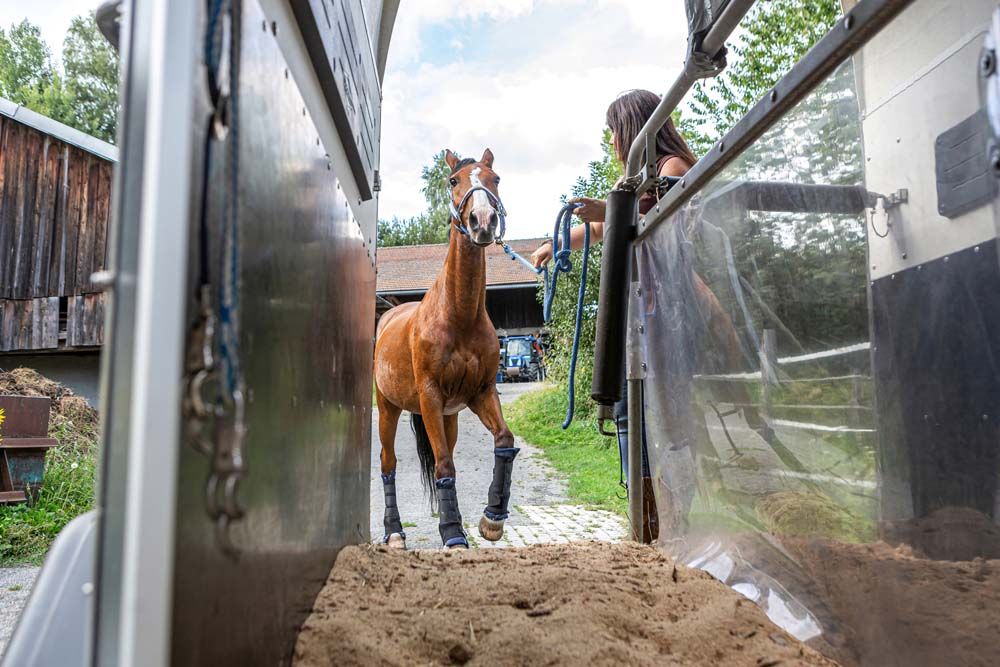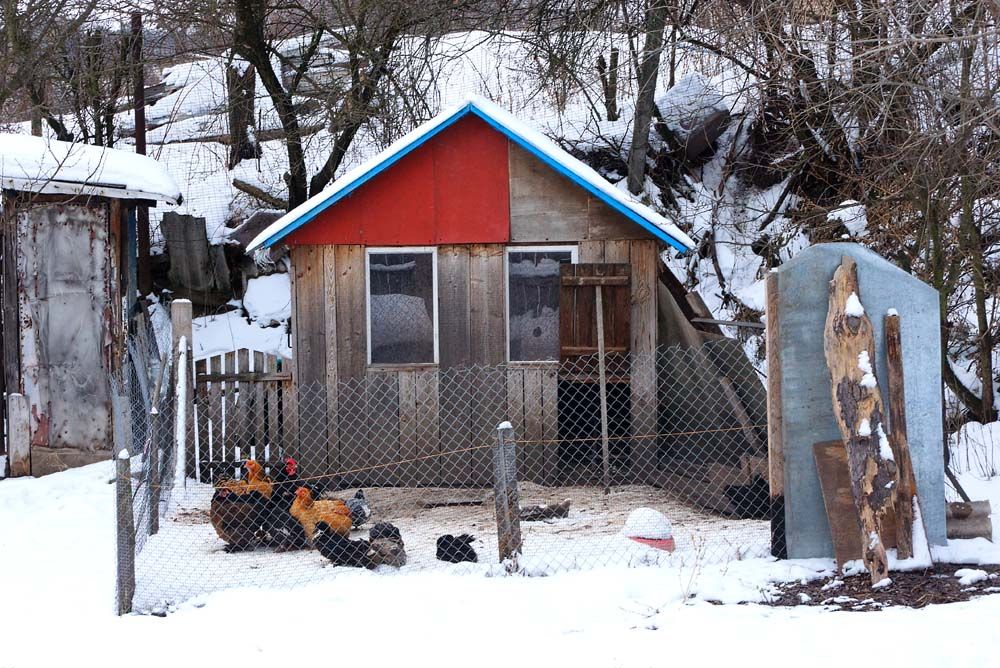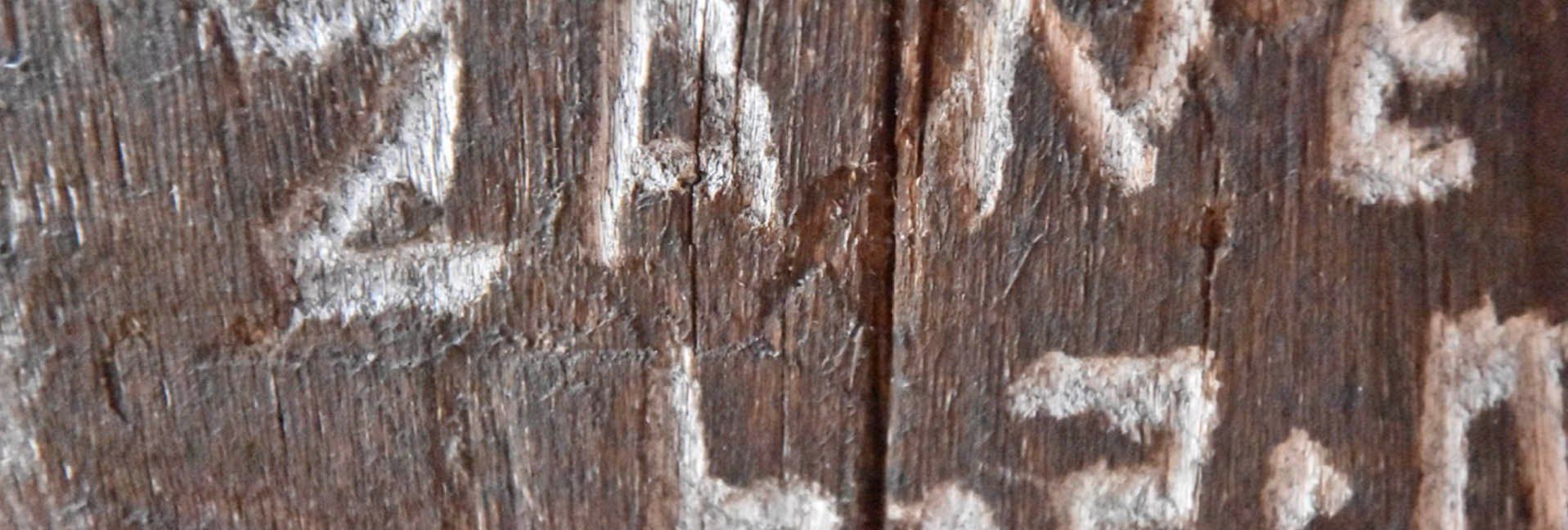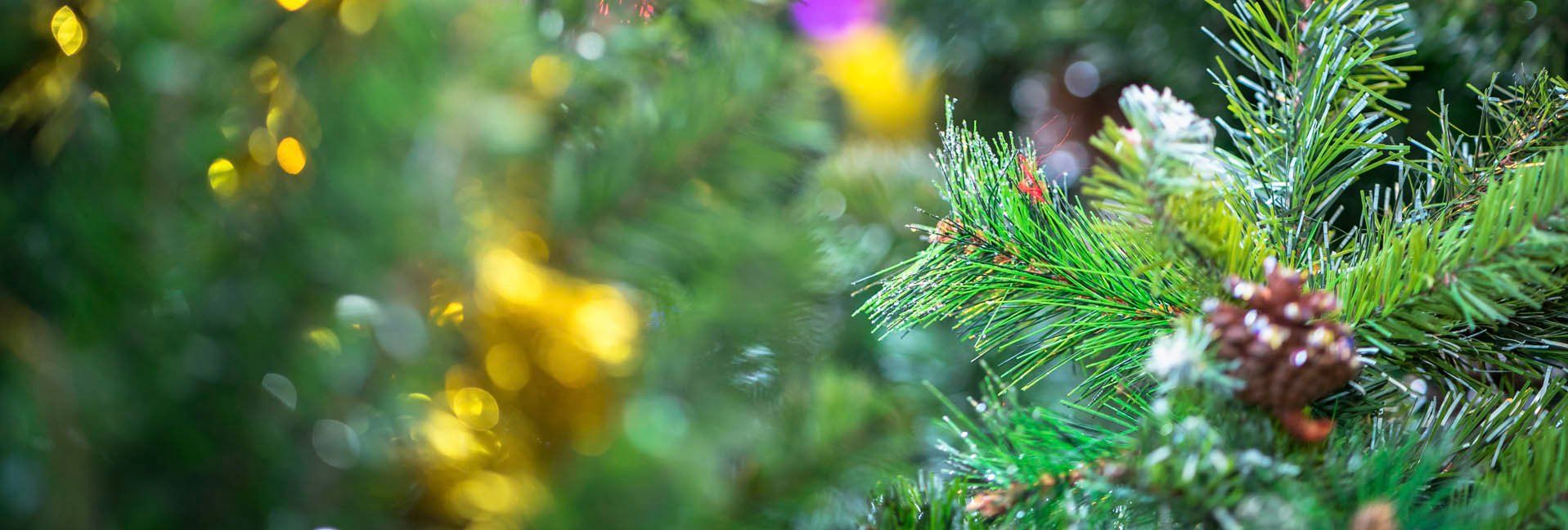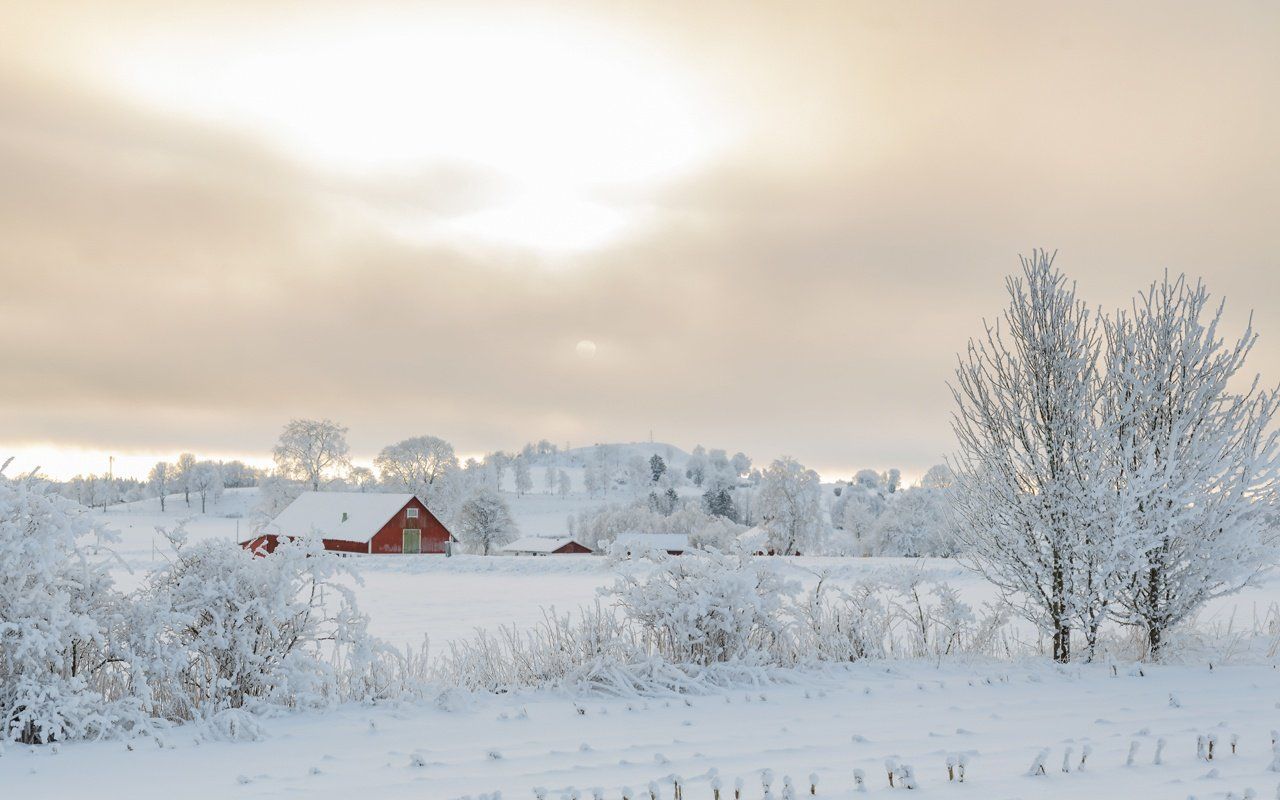Building On Buffalo


Begin with bison, and better meat leads the way
Scott Benjamin might actually look like someone from the frontier—wiry, with scraggly gray hair touching his shoulders, an equally gray ZZ Top-style beard, but perpetually dressed in jeans and a painter's cap. Then, there’s that bit of a wild look in his eye.
Scott and his wife Diane operate their family farm just south of the Minnesota border along Little Swan Lake in Iowa, near the county seat, Estherville, a town once described as “Anytown, U.S.A.”
They graze 50 or so bison at any given time on about 80 acres, and have been raising bison for more than 40 years.
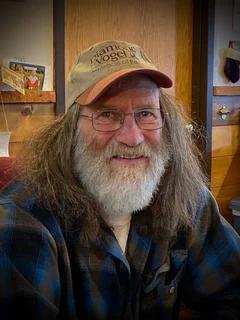
He calls them “buffalo” rather than the slightly-more-correct name, “bison.” (Bison bison)
“First of all, the bison/buffalo deal doesn’t bother me…We have been calling them buffalo for more that 200 years and I still do,” Scott says.
Why buffalo?
He owes it all to actor Robert Redford, or more precisely Redford’s 1972 movie character Jeremiah Johnson. That film started a mountain-man buckskinner movement, and Scott went in full-tilt, growing his hair long, wearing leather, shooting muzzleloaders, and sleeping in teepees during buckskinner rendezvous events. For a young man, it was a lot of fun.
“I thought, as long as I’m in this far, why not raise buffalo, and maybe get some hide out of it? So I started with one,” he says, raising a finger. But it was after his first taste of the meat, he realized he wasn’t going back to beef. “It’s really delicious.”
As with many things in Scott’s life “one thing led to another.”
That one animal led to building up a breeding herd which today has bulls, cows, calves, and feedlot animals. He gets replacement animals from breeders all over, but they enter and leave the bison business without notice.

Love at first brush
Scott and Diane, both musicians, first met at a community band rehearsal back in 1984, but they’ve been hard-working couple ever since. The Benjamins’ business—Little Swan Lake Winery and Bed and Breakfast—is set up in their 1920s-era barn across the drive from their house.
“I was a house painting contractor and years ago, I came across this farm. It was one of my painting jobs, and I fell in love with it—a good, sturdy place, secluded, rolling hills near the (Little Swan) lake, and with enough acres to raise something. When it came available, I had to have it.”
That was nearly 50 years ago, but without a plan—other than perhaps to raise a family—housepainting and musical jobs alone wouldn’t foot the bill.
Then Scott and Diane were on vacation in New Mexico and stopped at a winery. “We had a ball, the owners were having fun, the customers had fun…even the dogs on the porch had a good time.” They thought, “What a great way to make a living!”
A little more research led them to discover some grape varieties had been developed for the upper midwest climate. They planted and eventually raised enough grapes to be able to produce wine to sell. Their Little Swan Lake Winery opened in 2003, with production in the barn’s lower level.
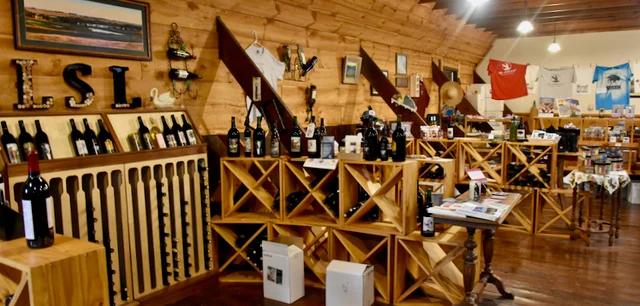
Making music
Because they live near a popular summer resort area—and to sell more wine and bison meat—they began offering local live music in their barn.
Then Scott learned that a farm a few miles north had no use for their old grain elevator. So in 2009, Scott hired a contractor to move the 70-foot tall structure down the highway and into their farmyard.
The silver-sided structure was placed adjacent to the barn, and serves not only as kitchen for their musical events, but the upper floors have two suites of rooms for guests—the bed and breakfast. “The view is just fantastic,” from the outside decks Scott notes, overlooking their grazing bison and the lake in the distance.
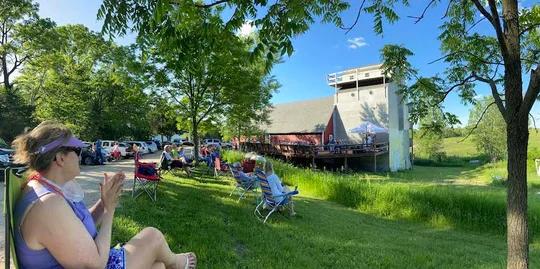
On raising bison
In one sense, bison are about as trouble-free to raise as any animal. They prefer to roam, exist almost entirely on forage grasses, have few troublesome disease problems, and can handle both heat and cold equally well.
Even in calving season, the cows handle that well on their own.
The Benjamins have found that bison do best when left mostly alone. It is important to make sure they have enough hay to exist over the winter, so between growing their own and scouting elsewhere for hay, Scott and Diane keep busy.
“Strong fences are good to have,” Scott notes. His feedlot area has strips of highway barrier that he has reclaimed. Sometimes just a single electric fence strand will do the job. But sometimes not.
One day recently, a bull decided to “go walkabout” and was seen resting on some state-protected refuge land next to the Benjamin’s property. “He probably lost a fight and went off to sulk.”
About the only thing Scott could do was park vehicles in his way or keep gates open for when he decided to return. “(Offering) grain helps, but he has to want it…” And there is plenty of grass on the state land, so it might take a while.
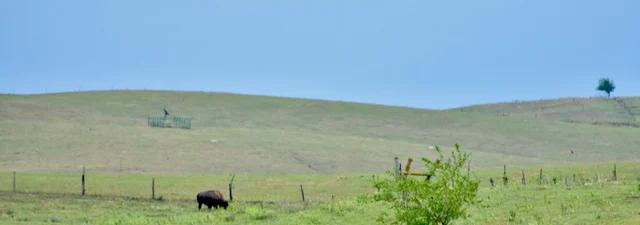
“You don’t make a buffalo do anything,” Scott has found. “I mean, it’s a 2,000-pound animal with a mind of its own. So you just sort of arrange things so that they end up where you want them.”
Offering bison meat
Bison is leaner than regular meat, and more flavorful. If you are going to raise more animals than you can consume, Scott says, then the marketing of the rest is totally up to you. “The demand is there, but you have to find it. It’s not like you can call the bison buyer.”
Young animals can produce steaks and larger cuts, but older individuals eventually become hamburger (due to the lack of fat).
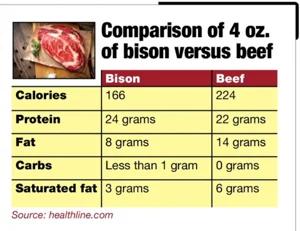
f you are going to raise your own bison for meat, it’s important to have a processor who will handle them. For one thing, they are larger than cattle, which means meat locker operators need some extra oomph and extra time turning a one-ton adult into various cuts.
But it also helps when more tender yearlings are identified as “Next,” meaning the next one to go to the locker.
Scott says that bison yield about the same proportion of meat as conventional cattle.
Buffalo…wings?
While the Benjamins offer bison meat for sale at their winery and around local stores, one of the great consumers of it is their events venue in their barn. Three days a week in the summertime, Little Swan Lake Winery and Bed and Breakfast hosts live music, and serves a meal. Ribs, brisket, sliders, sloppy joes, lasagna, tacos—whatever strikes their fancy. “We can go through a lot of ground meat that way.”
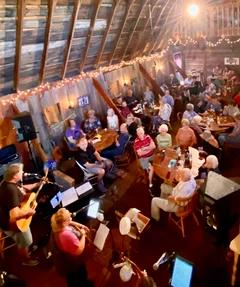
That buffalo/bison terminology thing? It’s a hard habit to break, and has raised questions for the meals they serve. “Diane changed menu names because people thought it was going to be hot and spicy because of those damned buffalo wings.”
City folk take note: buffalo don’t have wings.
For more information
Little Swan Lake Winery:
Little Swan Lake Winery and Bed and Breakfast
On raising bison:
National Bison Association
Learn more about bison:
Penn State Extension
extension.psu.edu/bison-production
Restoring the icon of the West
americanprairie.org/project/bison-restoration
Always be careful around buffalo
Tags:Features

Acreage Life is part of the Catalyst Communications Network publication family.






